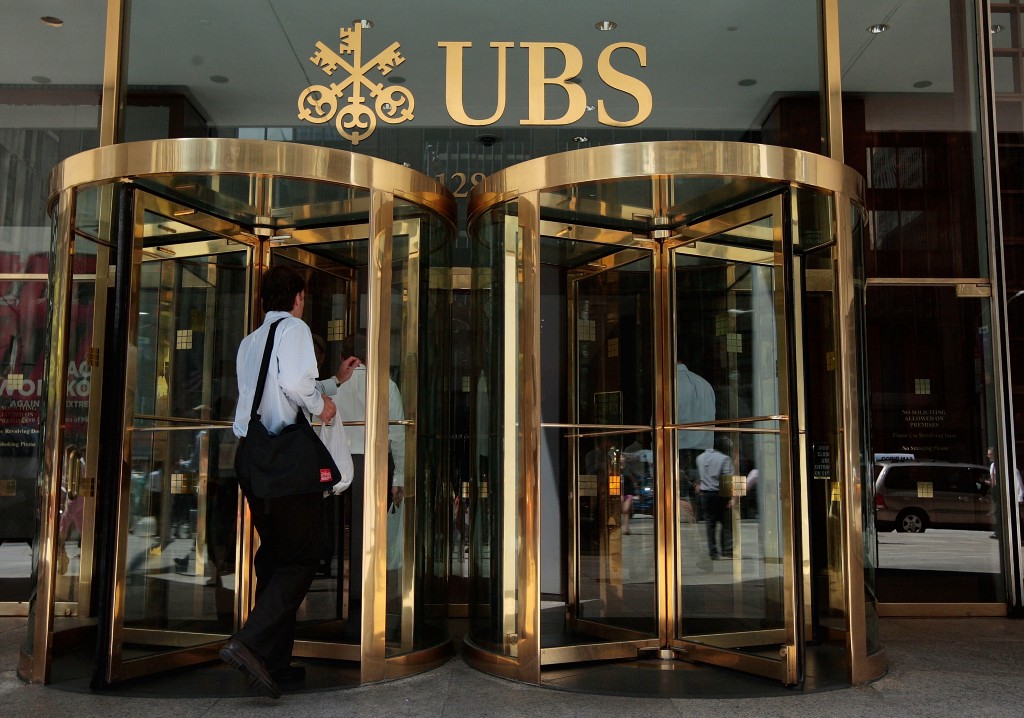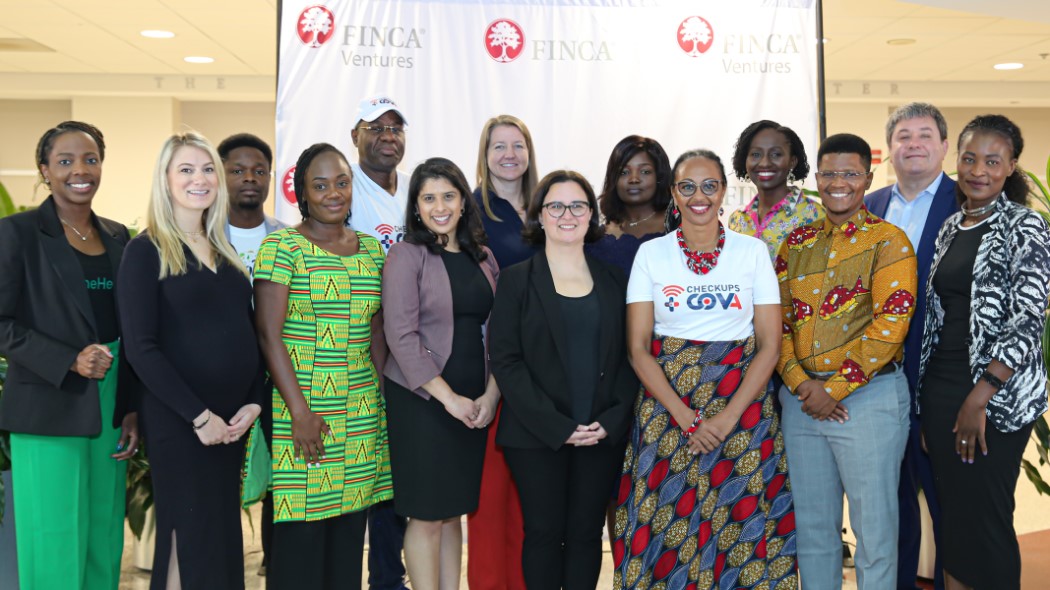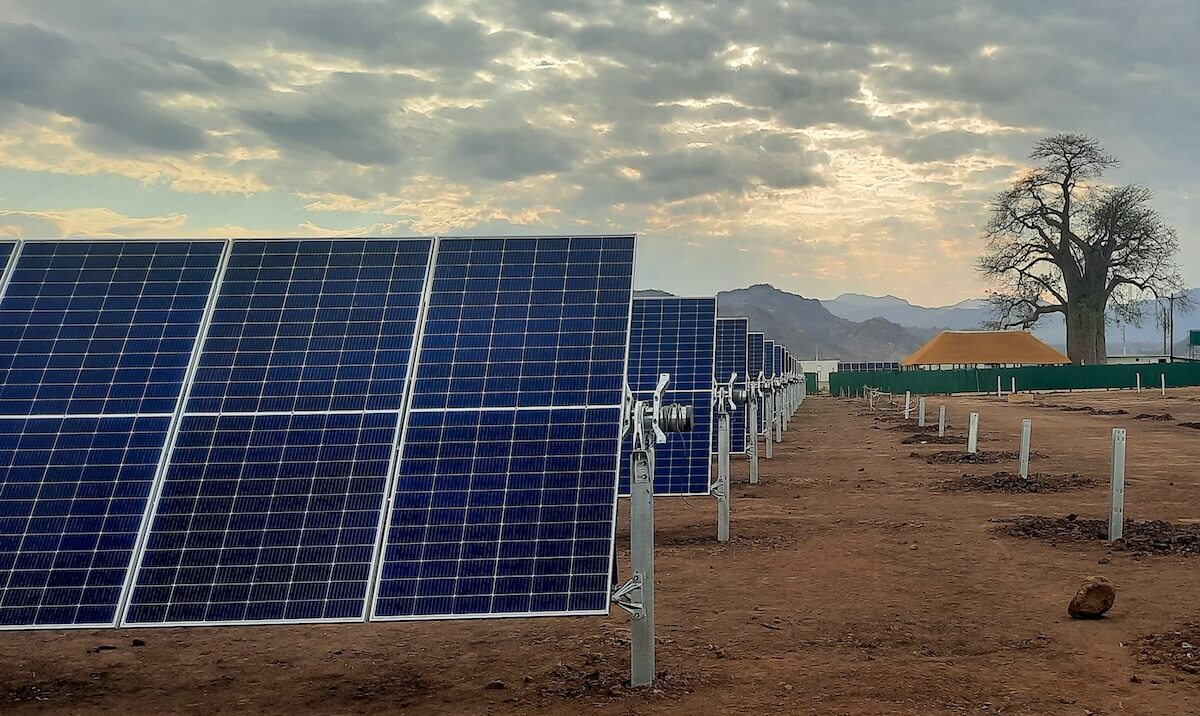The phrase “multilateral development banks,” or MDBs, may make your eyes glaze over.
But institutions like the European Investment Bank, the Inter-American Development Bank, the African Development Bank and, of course, the World Bank, are key to financing clean energy, urban infrastructure, education and other areas crucial to meeting the Sustainable Development Goals.
The debt issues of such development banks are often as highly rated as corporate or government bonds, but typically attract little capital from private wealth managers.
With global household wealth estimated at $280 trillion, an additional allocation of 1% to the top 10 emerging-market development banks could more than triple their outstanding bonds from $1.1 trillion to $3.9 trillion, according to UBS, the giant Swiss bank.
“MDBs commonly seek to generate positive social and environmental returns that conventional government debt does not,” UBS argues in a new report. UBS is working with the World Bank on two pooled funds to allow investors to switch from government to development-bank debt.
To overcome institutional objections, the bank is also helping develop a benchmark for such debt, with risk-return targets similar to conventional benchmarks.
The sustainability reporting in the new benchmarks also are intended to guard against “greenwashing” in bonds marketed as “sustainable.”
The UBS report cites a green bond issued by a Chinese power producer last year that financed coal-fired plants, and a Moody’s report last year that found that 10 of 17 green bond issues insufficiently reported and disclosed their green commitments.











